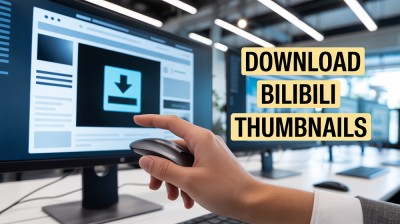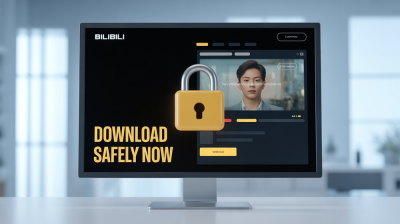LinkedIn is a powerful platform for networking, job hunting, and professional growth. One of its key features is the ability to connect with others in your industry or field. But as your network expands, you might find that not all connections serve your goals. Whether it’s spammy profiles or outdated contacts, knowing how to manage your connections is essential for maintaining a productive professional network.
Reasons You Might Want to Remove Connections
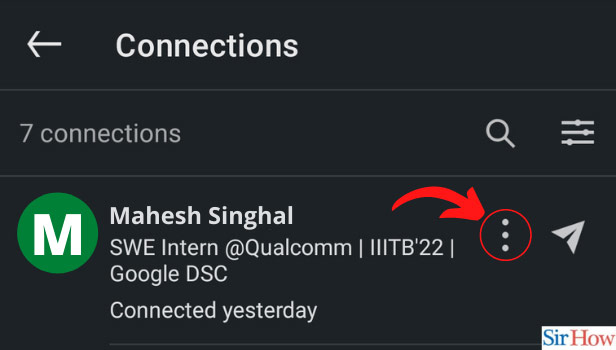
There are several reasons why you might consider cleaning up your LinkedIn connections. Let's explore some of the most common ones:
- Outdated Connections: Over time, people change careers, move to different industries, or even stop using LinkedIn altogether. Keeping connections that no longer align with your professional interests can dilute your network's value.
- Inactive Profiles: If a connection hasn’t logged in for months or years, it might be time to remove them. An inactive profile doesn't contribute to your networking efforts and can clutter your connections list.
- Spam and Irrelevant Contacts: Sometimes, you might connect with people who send unsolicited messages or promotional content. If their intent doesn't match your professional goals, it’s perfectly okay to let them go.
- Negative Experiences: If a connection has engaged in unprofessional behavior or has left you feeling uncomfortable, it’s vital to prioritize your peace of mind. Removing such contacts can help maintain a positive online experience.
- Focus on Quality Over Quantity: A large network can feel impressive, but it’s more beneficial to connect with individuals who genuinely contribute to your professional life. Streamlining your connections may lead to more meaningful interactions.
Ultimately, managing your LinkedIn connections allows you to cultivate a network that truly reflects your current professional aspirations. By regularly reviewing and refining your connections, you can enhance your LinkedIn experience and make it more relevant to your career goals.
Also Read This: How to Download Your LinkedIn Connections List for Better Management
3. Step-by-Step Guide to Remove Connections
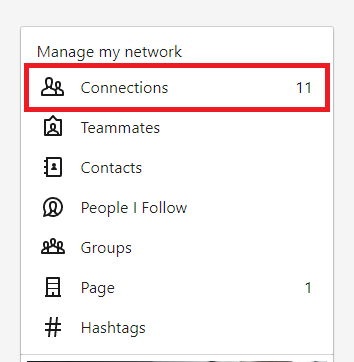
So, you’ve decided to clean up your LinkedIn connections? Great choice! Whether you're aiming for a more curated network or simply want to remove old contacts, the process is straightforward. Let’s break it down into simple steps.
- Log into Your LinkedIn Account: Start by navigating to LinkedIn and logging in with your credentials. Make sure you’re on your homepage.
- Go to Your Connections: Click on the “My Network” icon at the top of the page. This will take you to a page displaying all your current connections.
- Find the Connection You Want to Remove: Scroll through your list of connections. If you have many connections, use the search bar to type in the name of the person you wish to disconnect from.
- Remove the Connection: Once you find them, click on the “More” button (represented by three dots) next to their name. A dropdown menu will appear. Select “Remove connection.”
- Confirm Your Decision: LinkedIn will ask you to confirm this action. Click “Remove” again to finalize the disconnection.
And voilà! You’ve successfully removed a connection. If you feel a bit guilty about it, remember that it’s all about creating a network that serves you best.
Also Read This: Citing LinkedIn Sources in APA Format: A Complete Guide
4. How to Manage Your LinkedIn Network Effectively
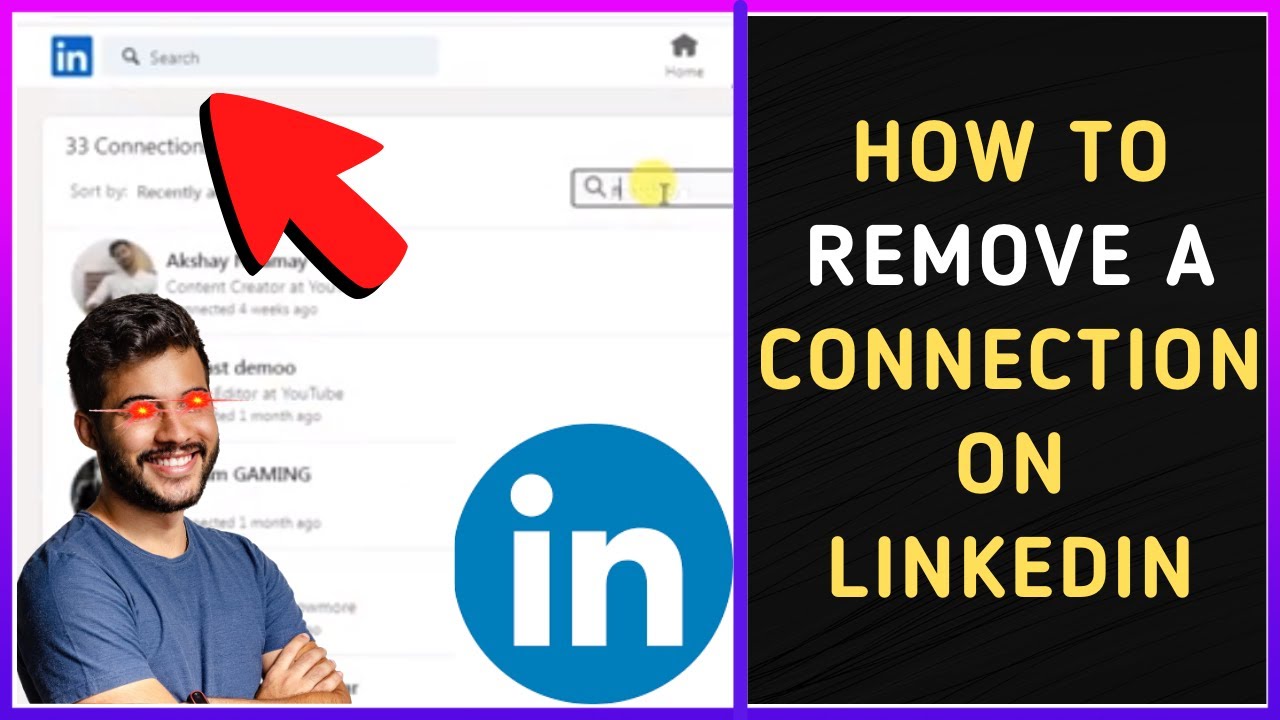
Now that you know how to remove connections, let’s talk about managing your LinkedIn network effectively. Having a well-maintained network can open doors to opportunities and foster meaningful professional relationships. Here are some tips to help you keep your connections in check:
- Regularly Review Your Connections: Set aside time every few months to review your connections. Ask yourself if each connection is still relevant to your current professional goals. If not, don’t hesitate to remove them.
- Engage with Your Network: Don’t just connect and forget! Share articles, comment on posts, and send messages to your connections. This keeps your network active and fosters relationships. For example, if a connection shares a job posting, drop them a note expressing your interest.
- Utilize LinkedIn Features: Take advantage of LinkedIn's features like tagging connections or creating lists. This can help you categorize your connections based on the industry, location, or any other criteria that’s important to you.
- Be Selective with New Connections: When sending connection requests, be thoughtful. Personalize your message and explain why you’d like to connect. This builds a stronger foundation for your new relationship.
- Consider Your Privacy: Regularly check your privacy settings to control who can see your connections and activity. This is essential for maintaining a level of professionalism and comfort in your network.
By effectively managing your LinkedIn network, you’re not just removing connections; you’re enhancing your professional presence. Remember, quality over quantity reigns supreme in networking!
Also Read This: How to Add Hashtags to Your LinkedIn Profile for Better Reach
5. What to Do If You Accidentally Remove a Connection
We've all been there—whether it was an accidental click or a moment of indecision, you might find yourself in the awkward position of having removed a LinkedIn connection. Don't worry; it’s not the end of the world! Here’s what you can do if you accidentally sever that digital tie:
1. Assess the Situation: First things first, take a moment to evaluate if you truly want to reconnect. Did you remove them for a specific reason? If you did it by mistake, then moving forward is simple. But if there was a legitimate reason for the disconnection, consider whether it’s worth reaching out again.
2. Send a Connection Request: If you've decided that you want to reconnect, go ahead and send them a new connection request. Personalize your request with a brief message, like:
- "Hi [Name], I accidentally removed you from my connections. I really valued our conversations and would love to reconnect!"
- "Hey [Name], I mistakenly deleted our connection. Your insights on [topic] were always helpful, and I’d love to stay connected!"
This personal touch shows that you value the relationship and can help smooth over any awkwardness.
3. Follow Up with a Message: After they accept your connection request, consider sending a follow-up message. This can be a simple “Thanks for reconnecting!” or you could dive into a discussion about a shared interest or recent event in your industry. It’s a great way to rekindle the connection and remind them why you were connected in the first place.
4. Rebuild Your Network: If you removed multiple connections, think about why that happened. Was it due to a lack of engagement or relevance? Take this opportunity to rebuild your network thoughtfully. Seek out industry professionals, former colleagues, or even classmates. Engaging with new connections can revitalize your LinkedIn experience.
5. Learn from the Experience: Finally, use this incident as a learning moment. Take a few seconds before clicking that “Remove” button in the future. Reflect on the value of each connection in your network and the potential benefits they may still bring. A little mindfulness goes a long way!
6. Conclusion: Maintaining a Healthy LinkedIn Network
Maintaining a healthy LinkedIn network is crucial for both personal and professional growth. Here are a few strategies to ensure your connections remain valuable:
- Engage Regularly: Interact with your connections through comments, shares, and messages. This keeps the relationship alive and can lead to new opportunities.
- Curate Your Connections: Don’t hesitate to remove connections that no longer resonate with your goals. It’s better to have a smaller, more relevant network than a large one that feels impersonal.
- Set Goals: Think about what you want to achieve on LinkedIn. Are you looking for job opportunities, industry insights, or mentorship? Tailor your connections accordingly.
- Regularly Review Your Network: Just like you would maintain a garden, regularly evaluate your connections. Are they still relevant? Do they still align with your professional aspirations?
Remember, LinkedIn is a tool for building relationships, not just a numbers game. A smaller, engaged network often leads to greater success than a large, passive one. So take the time to nurture your connections, and you’ll create a thriving professional community that benefits everyone involved.
 admin
admin







